- Home
- slideshows
- miscellaneous
- 'Why won't my Mac connect to Wi-Fi?': 7 ways to troubleshoot your Mac's Wi-Fi connection
'Why won't my Mac connect to Wi-Fi?': 7 ways to troubleshoot your Mac's Wi-Fi connection
1. Verify that the Wi-Fi connection is the one you want

2. Check Wireless Diagnostics
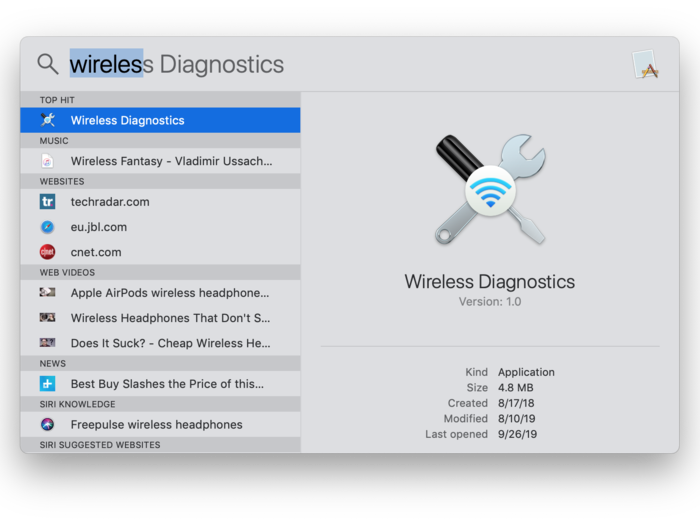
This is Mac OS X's built-in Wi-Fi troubleshooting tool. I've personally never had it solve a single Wi-Fi problem, but hey – maybe it will work for you – and Apple has improved the tool over the years.
You can access Wireless Diagnostics by searching for it in the Spotlight search function (as illustrated above), or by doing the following:
1. Hold down your Option key and click the wireless icon (the Wi-Fi symbol) in the status menu at the top of your screen.
2. Select "Open Wireless Diagnostics..." from the dropdown menu.
3. Select "Monitor my Wi-Fi connection" from the pop-up window and click "Continue."
You'll be presented with a detailed look at your network options and the computer will run you through a series of steps to try to identify and fix your Wi-Fi problems.
And if that doesn't work, now's a good time to set up Wireless Monitoring so your Mac can collect information on your ongoing problems. Even if the results are gobbledygook to you, they could help a technician understand your Wi-Fi problems down the line.
3. Check your System Updates
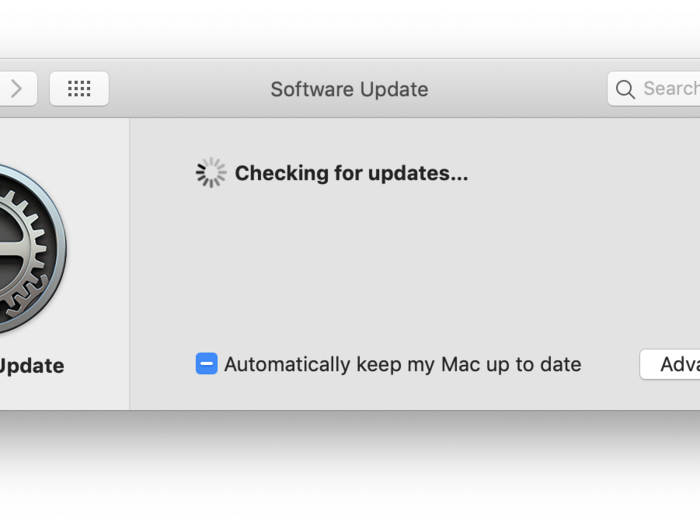
Are you running a beta version of OS X? Are there pending system updates you haven't installed yet? Try upgrading to the latest vanilla version of the operating system if the Wi-Fi is giving you fits. There could be bug fixes in there that will clear up your problem.
Read more: How to manually update your Mac computer (when you've been putting off automatic updates)
4. Check your physical hardware
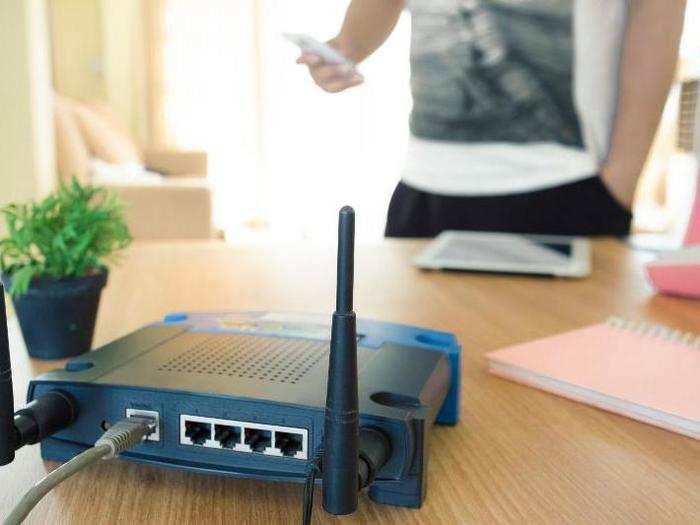
Have you tried turning it off and turning it back on again?
The old "IT Crowd" joke is nonetheless often applicable to fixing your Wi-Fi connection. Unplug your cable modem and wireless router (if they're not an all-in-one unit), wait 30 seconds, then plug your cable modem back in and then your wireless router.
There are a number of reasons why this can work: your router getting bogged down with too many connections, too many different users on the network, and your internet service provider changing your IP address without your router catching up.
But you don't really need to know the why if it means getting your Wi-Fi back.
5. Change your DNS settings
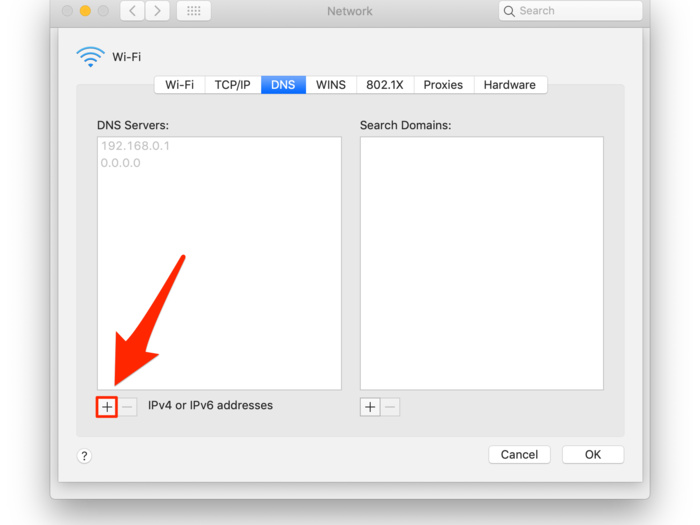
Now we're getting a little more technical.
It's possible that your Wi-Fi is working fine but you aren't getting internet access because your ISP's Domain Name Server (DNS) isn't working properly.
In cases like this, try using a free, public DNS instead. Google has a good one.
To try this, open Network Preferences from the Wi-Fi icon in the top menu bar or from System Preferences.
Click "Advanced." Then select DNS from the menu option, hit the plus icon (as illustrated above) and add Google DNS addresses, 8.8.8.8 or 8.8.4.4.
Click "OK" and try browsing the internet again.
6. Reset NVRAM/PRAM and the SMC
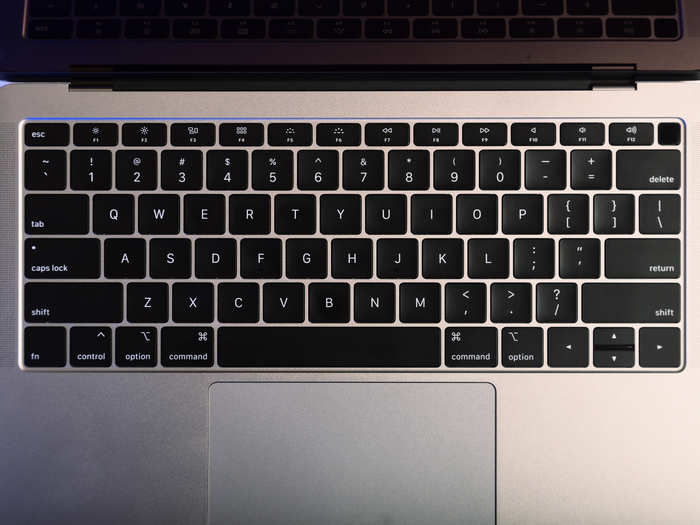
Acronyms! Who doesn't love acronyms?
NVRAM (Non-Volatile Random-Access-Memory) and PRAM (Parameter Random-Access-Memory) are two internal Mac components that store the memory even when the device is turned off.
This is used in places like your computer's internal clock and resetting the PRAM/NVRAM can be an effective way to clear out the virtual cobwebs and get your Wi-Fi up and running again.
You should also reset the SMC (System Management Controller) while you're there for the same reason.
Resetting the PRAM/NVRAM is relatively easy:
1. For the PRAM/NVRAM, start the computer and after you hear the startup chime, hold Shift, Control, and Option keys while you press the power button on your Macbook for at least 10 seconds.
2. Immediately after you hear the startup chime, press and hold to reset the PRAM the Command + Option + P + R keys.
For older macs, release these keys after you hear the startup sound a second time; everyone else, release after the apple logo appears and disappears twice. This is also broadly true for desktop Macs.
To reset the SMC, it depends on whether you have a Mac model with a removable battery or not.
If you happen to have a removable battery, all you have to do is remove it and hold down the power button for five seconds.
On all other Macs, press Shift-Control-Option and the power button. Hold these keys and the power button for 10 seconds and release.
7. Restart your Mac
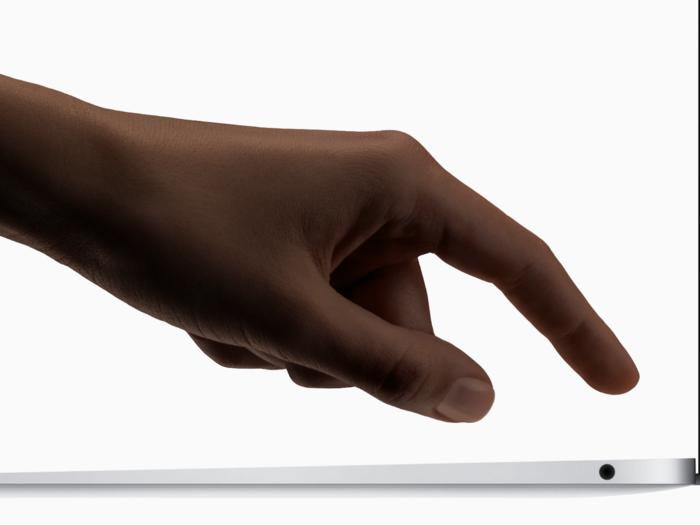
When all else fails, restart your computer. It may be the oldest trick in the book but it can work.
And if it doesn't – and you've exhausted all your other options – this may be a clue that your
connection problems are hardware related, either on your computer or at the router.
- 'Why won't my Mac turn on?': Troubleshooting tips for any Mac computer that won't start properly
- How to see your Wi-Fi password using 'Keychain Access' on a Mac computer, so you can share it with others
- How to reset all of your Safari browser's settings on a Mac, including clearing your cache and removing plugins
- How to free up space on a Mac computer that's running out of storage
Popular Right Now
Popular Keywords
Advertisement